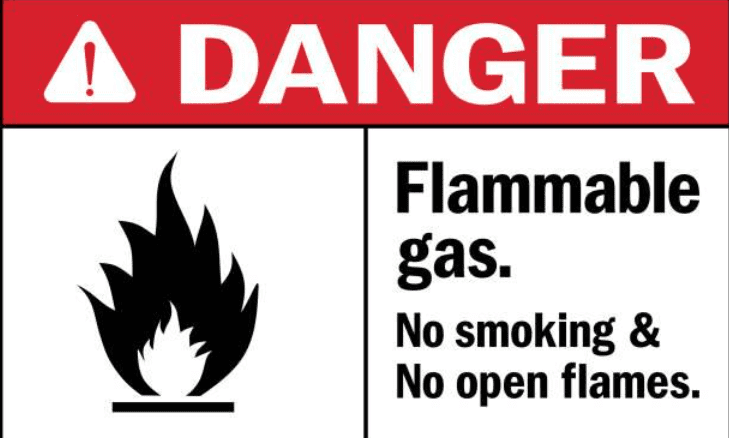In any commercial establishment, the safety of employees, customers, and visitors should be a top priority. One crucial aspect of a comprehensive fire safety plan is the proper implementation of fire safety signs. These signs play a vital role in guiding individuals during emergencies and facilitating a quick and safe evacuation. In this guest post, we will explore best practices for businesses when creating an effective fire safety signage plan, emphasizing the importance of using appropriate fire safety signs.
Understanding the Importance of Fire Safety Signs
Fire safety signs serve as visual communication tools that convey critical information in emergency situations. They play a pivotal role in providing clear instructions, identifying emergency exits, indicating fire extinguisher locations, and highlighting potential hazards. By implementing effective fire safety signs, businesses can enhance safety awareness, minimize panic, and ensure the swift and organized evacuation of individuals in the event of a fire.
Compliance with Regulatory Standards
When designing a fire safety signage plan, it is crucial for businesses to adhere to relevant regulatory standards. Familiarize yourself with the local fire safety regulations and building codes specific to your region. These regulations often outline the required types of signs, their placement, size, color, and specific wording. Ensuring compliance with these standards not only promotes safety but also helps avoid penalties and legal issues.
Assessing the Facility’s Layout
To create an effective fire safety signage plan, it is essential to conduct a thorough assessment of your facility’s layout. Consider the size, complexity, and unique characteristics of your premises. Identify areas where fire safety signs are most needed, such as emergency exits, stairwells, fire alarm pull stations, fire extinguisher locations, and areas prone to fire hazards. Mapping out the facility’s layout will help determine the quantity and placement of fire safety signs for maximum visibility and effectiveness.
Choosing the Right Fire Safety Signs
Selecting the appropriate fire safety signs is crucial for ensuring clear communication during emergencies. Here are a few key types of fire safety signs to consider:
- Emergency Exit Signs: These signs clearly indicate the location of emergency exits and evacuation routes. They should be placed strategically, ensuring visibility from various areas of the facility.
- Fire Extinguisher Signs: These signs highlight the locations of fire extinguishers and provide instructions on their use. Place them near fire extinguishers and ensure they are easily noticeable.
- Fire Alarm Signs: These signs indicate the location of fire alarm pull stations. They should be easily visible and positioned near the pull stations.
- No Smoking Signs: Clearly communicate areas where smoking is prohibited to minimize fire risks. Install these signs in designated areas where smoking is not allowed.
- Fire Safety Instruction Signs: These signs provide instructions on emergency procedures, including actions to take during a fire. Place them in common areas, such as break rooms or lobbies, where they are easily visible to everyone.
Ensuring Visibility and Clarity
To maximize the effectiveness of fire safety signs, they must be highly visible and easily understandable. Use contrasting colors to enhance visibility, such as white lettering on a red background for emergency exit signs. Ensure the text and graphics are large enough to be seen from a distance. Additionally, use clear and concise language to convey instructions, making it easier for individuals to understand and follow them quickly during emergencies. You can also check out Window Service at Viati.
Regular Maintenance and Updates
Once your fire safety signage plan is implemented, it is crucial to establish a maintenance schedule for regular inspections and updates. Conduct routine checks to ensure signs are clean, visible, and in good condition. Replace any signs that have faded, become damaged, or are no longer legible. As your facility evolves or undergoes renovations, make necessary updates to the fire safety signage plan to ensure its continued effectiveness.
Conclusion
An effective fire safety signage plan is a critical component of any business’s overall fire safety strategy. By following best practices, including compliance with regulatory standards, assessing the facility’s layout, selecting the right signs, ensuring visibility and clarity, and conducting regular maintenance, businesses can enhance safety awareness, guide individuals during emergencies, and facilitate a swift and organized evacuation. Remember, fire safety signs are not just static symbols but powerful tools that contribute to the protection of lives and property in times of crisis.































